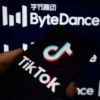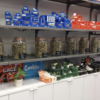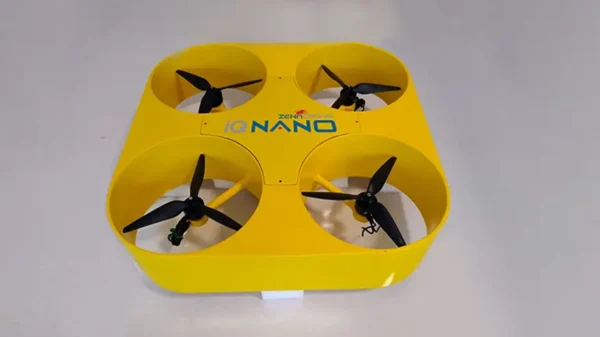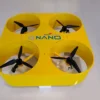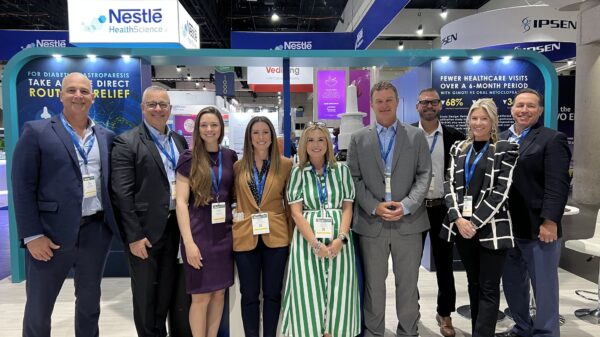Shares of Sana Biotechnology, Inc. (NASDAQ: SANA) soared over 160 per cent following the release of groundbreaking preliminary results from their first-in-human study of a new treatment for Type 1 diabetes.
The company released results of the study on Tuesday. They involved the transplantation of their genetically engineered islet cells, known as UP421, into a patient without the use of immunosuppressive drugs.
The study, conducted in partnership with Uppsala University Hospital, demonstrated that Sana’s hypoimmune (HIP) modified pancreatic islet cells could successfully evade the patient’s immune system. Post-transplantation, the cells were not only surviving but also producing insulin, as evidenced by consistent levels of C-peptide expression. This is significant since C-peptide is a marker for insulin production, indicating that the transplanted cells were functioning as intended.
The patient, who had previously been insulin-dependent, showed signs of insulin production 28 days after the transplantation. Typically, this the period where the immune system would reject the treatment.
The company achieved this success without any treatments to suppress the immune system, which is a common requirement in traditional islet cell transplants to prevent rejection but comes with its own set of complications and side effects.
“As far as we are aware, this is the first study showing survival of an allogeneic transplant with no immunosuppression or immune-protective device in a fully immune competent individual,” said Steve Harr, Sana’s president and CEO.
“Safe cell transplantation without immunosuppression has the potential to transform the treatment of type 1 diabetes and a number of other diseases.”
Read more: Breath Diagnostics onboards new president and closes critical financing
Read more: Breath Diagnostics pioneers novel lung cancer breath test
New technology fights cell rejection
In type 1 diabetes, the immune system attacks the cells in the pancreas that make insulin, called beta cells. To help people manage their blood sugar, doctors can transplant healthy insulin-making cells (called islet cells) from someone who has passed away. This procedure is called islet cell transplantation. However, to stop the patient’s immune system from attacking the new cells (since they come from another person), patients usually have to take special drugs to weaken their immune system, called immunosuppressants.
Sana’s HIP technology is trying to solve this problem. The company designed its technology to make transplanted cells invisible to the immune system.
This is especially important for type 1 diabetes because the immune system not only sees these new cells as “foreign” (since they come from someone else) but might also think they’re the same as the original beta cells it destroyed in the first place.
Sana tested this by transplanting their special islet cells, called UP421 cells, into patients without using immunosuppressant drugs. The fact that these cells survived shows that the technology can protect them from both kinds of immune attacks—one because they’re from another person (allogeneic rejection) and the other because of the autoimmune disease itself.
The market response was immediate.
Sana Biotechnology’s stock price of Sana Biotechnology surged from USD$1.75 to USD$4.92 per share by mid-morning.
Analysts from various financial institutions, including Bank of America (BofA) Securities and TD Cowen, have also responded positively. BofA reaffirmed their Buy rating with a price target of $7.00, while TD Cowen upgraded Sana from Hold to Buy.
Read more: Orchestra BioMed shares get shot in the arm on solid clinical trial data
Read more: Personalis Inc share price jumps 50% on deals with Merck and Moderna
A direct challenge to current diabetes treatment market
This development is seen as a direct challenge to the current market for diabetes treatments. At present, insulin manufacturers producing immunosuppressive drugs dominate the market. By potentially offering a cure or at least a significant reduction in the need for daily insulin injections without the accompanying risks of immunosuppression, Sana could disrupt the USD$20 billion annual insulin market.
While the results are from a single patient and at a dose below what would be needed for insulin independence, they provide a solid proof of concept for Sana’s hypoimmune platform.
The next steps for Sana will involve scaling up the study to include more patients to assess the durability and robustness of insulin production over time. Furthermore, the absence of immunosuppression in this treatment could make it accessible to a broader range of T1D patients, potentially transforming diabetes care.
.




